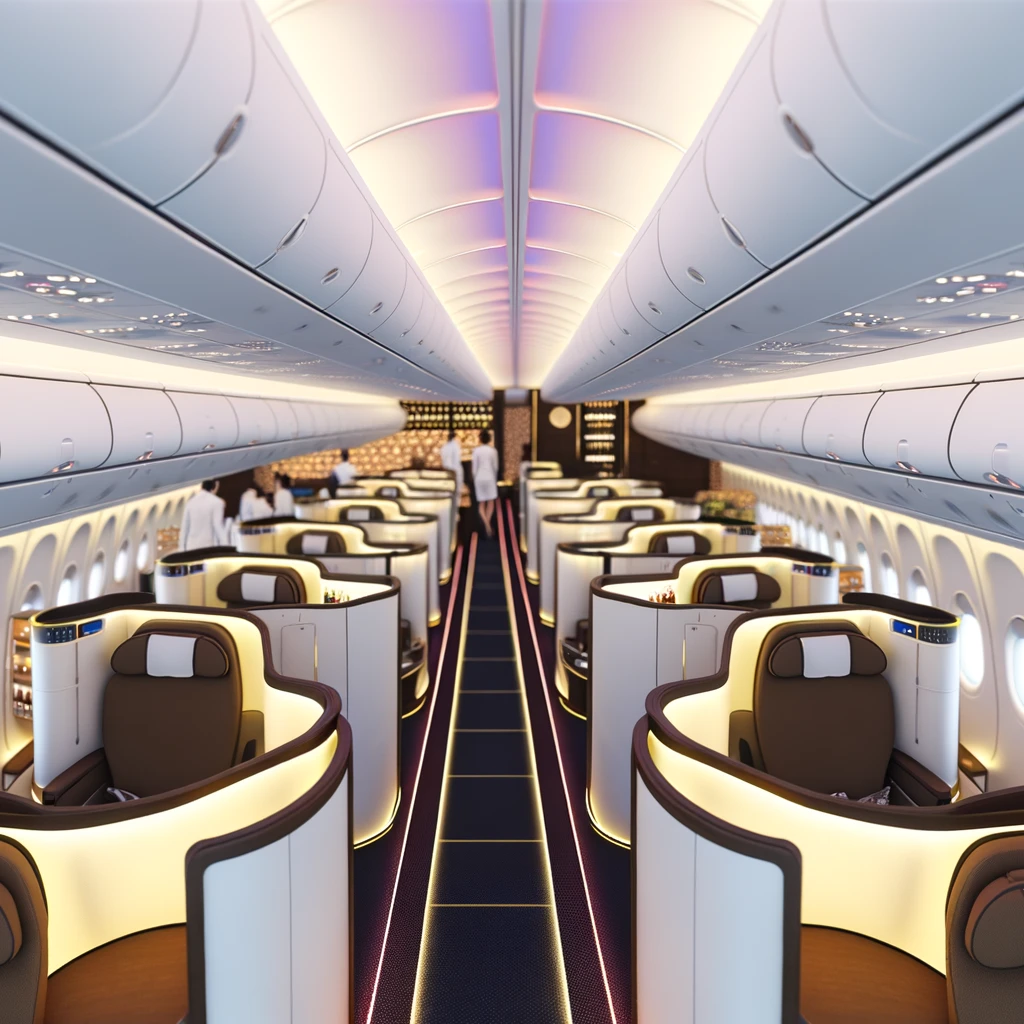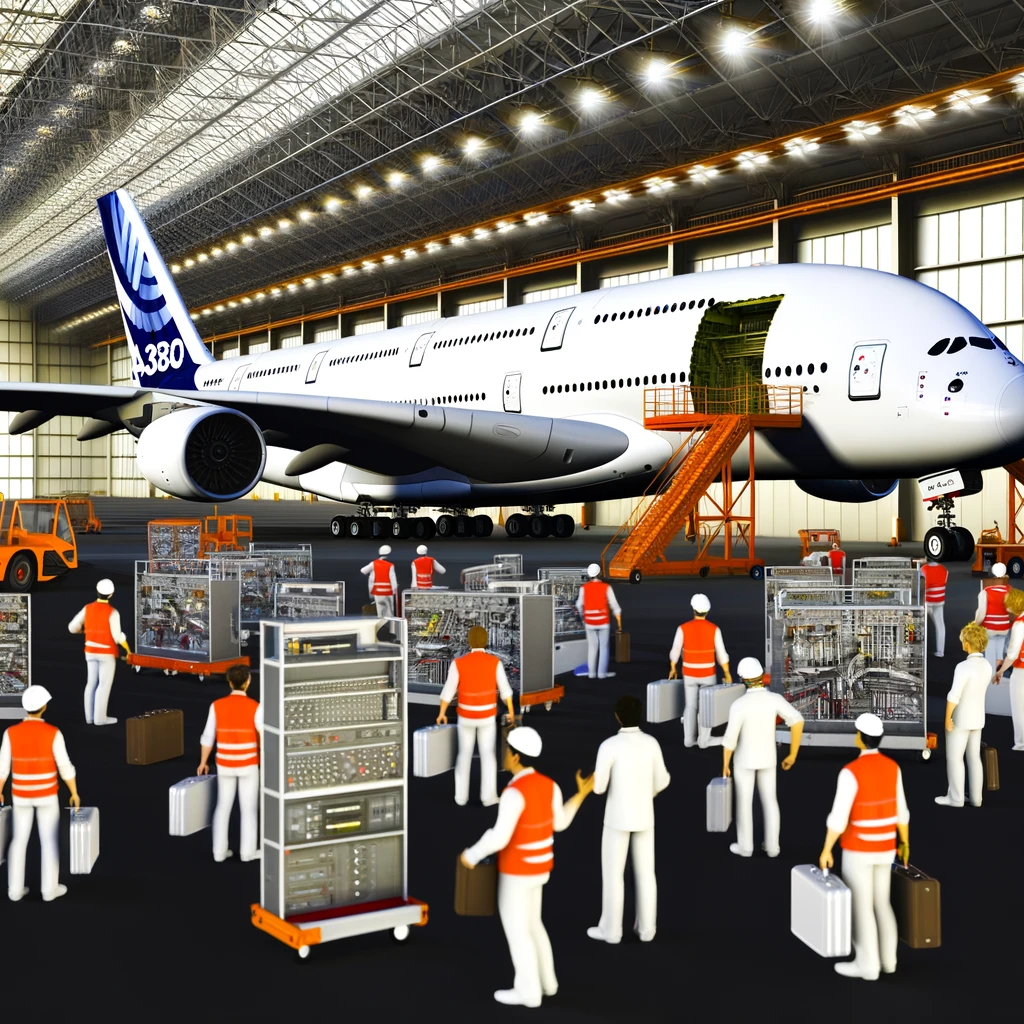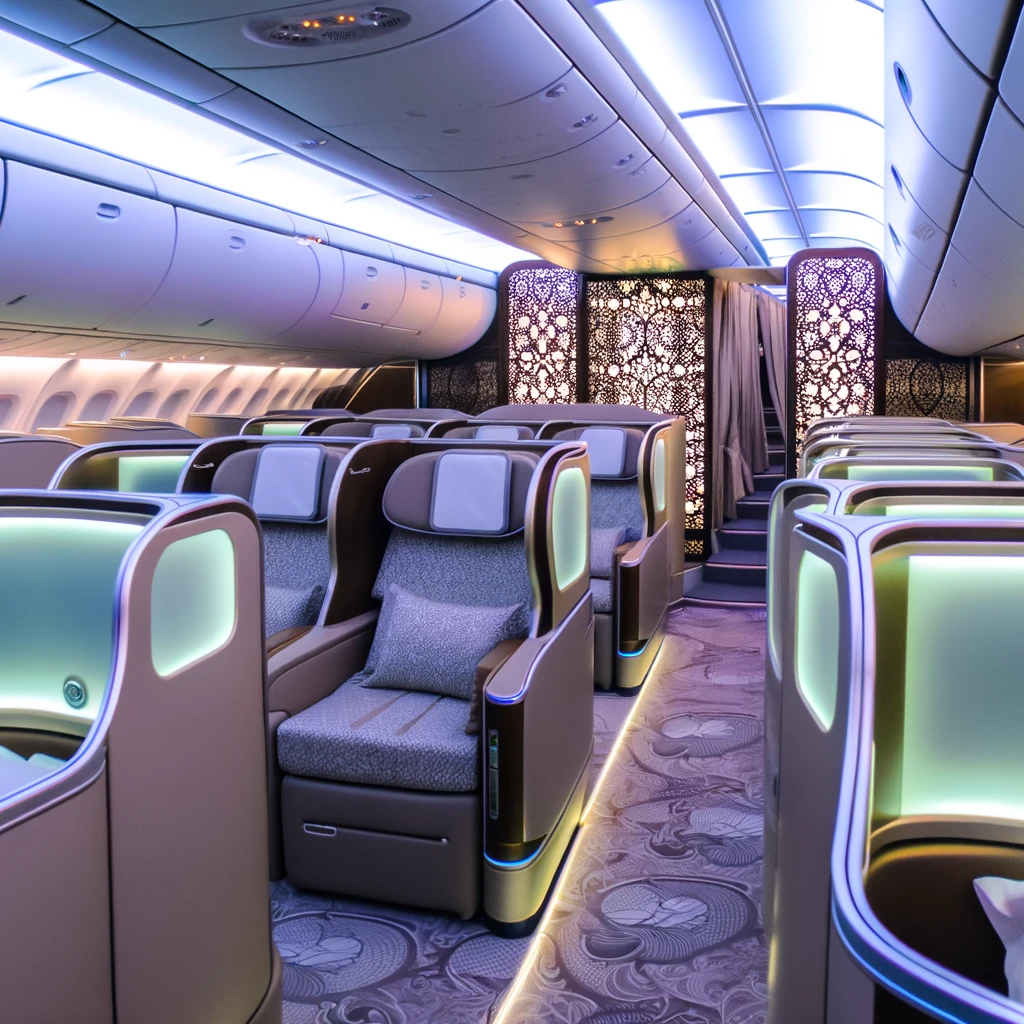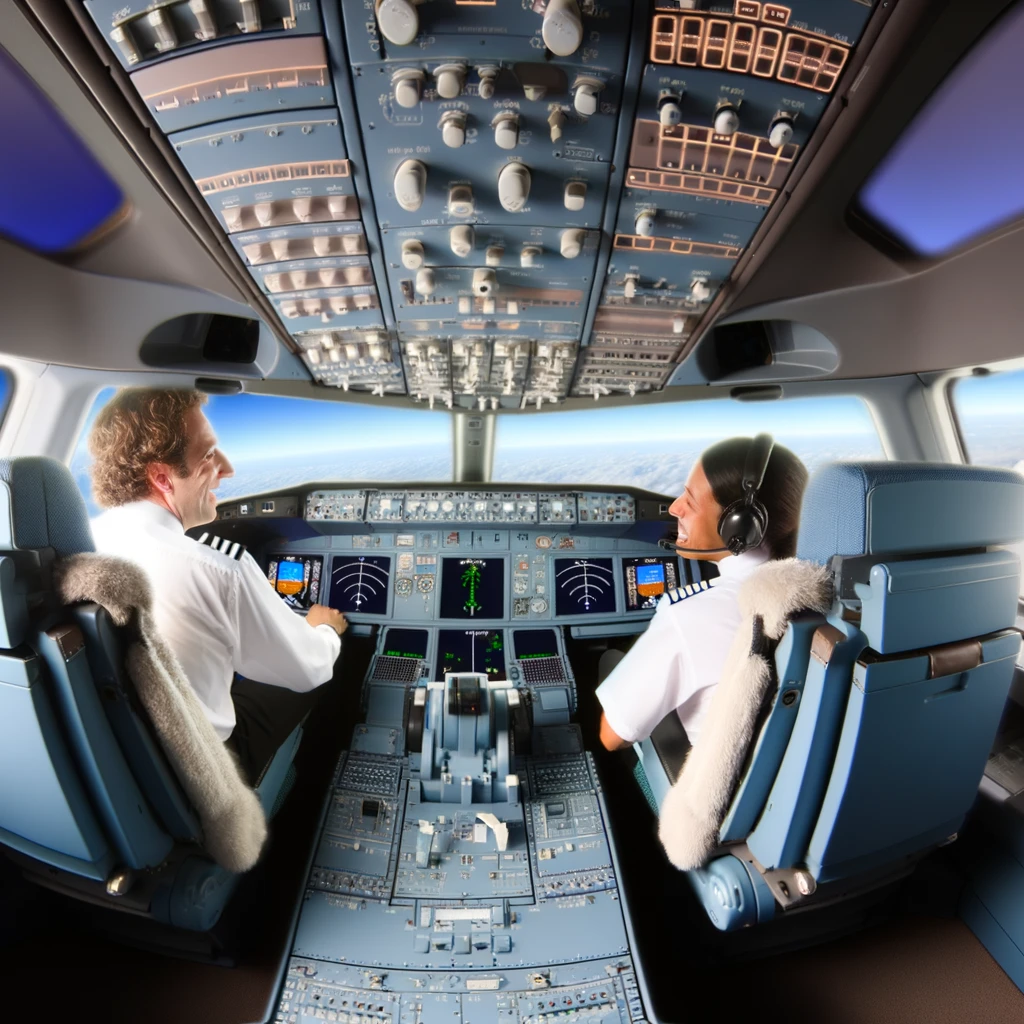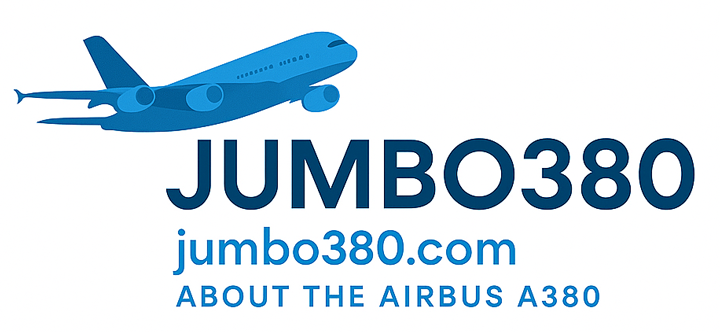
The Birth of a Giant: Airbus A380's Inception
The Airbus A380, the world's largest passenger airliner, was first introduced to the aviation industry with much fanfare. Launched in December 2000, this double-deck, wide-body, four-engine airliner was crafted to revolutionize long-haul travel. Designed to carry more passengers than any other aircraft, the A380 was seen as a game-changer capable of reducing congestion at major airports by moving more people with fewer flights.
Design and Engineering Marvel
From its inception, the A380 was a symbol of engineering prowess. With a wingspan of nearly 80 meters and a length of 73 meters, it was designed to accommodate up to 850 passengers in an all-economy class configuration, though most airlines opted for a three-class configuration for increased comfort. The aircraft's advanced materials and systems, including a sophisticated fly-by-wire flight control system, underscored its technological innovation.
Innovative Features
Among its many features, the A380 boasted quieter, more fuel-efficient engines and environmentally friendly operations compared to its predecessors. The aircraft's spacious cabin provided airlines with the flexibility to create luxurious accommodations, including suites, bars, and lounges, setting a new standard for passenger comfort.
The A380 in Service: Triumphs and Challenges
Since its first commercial flight with Singapore Airlines in October 2007, the A380 has become a familiar sight at airports worldwide. Airlines like Emirates, Qantas, and British Airways embraced the aircraft for its capacity to serve high-demand routes. However, despite its popularity among passengers, the A380 faced challenges from the outset.
Operational Hurdles
The A380's size required airports to make significant infrastructure investments, including wider taxiways and specialized gates, which not all airports could afford. Moreover, its operational costs were higher than those of smaller, more fuel-efficient aircraft like the Boeing 787 and Airbus A350. These factors, combined with shifting market dynamics, posed significant hurdles to its widespread adoption.
The Decline and End of Production
In February 2019, Airbus announced the end of the A380 program, with the last aircraft delivered in 2021. The decision came as airlines shifted focus to smaller, more versatile aircraft that offered greater efficiency and flexibility in a rapidly evolving industry landscape. The COVID-19 pandemic further accelerated this shift, as airlines reassessed their fleets in response to reduced passenger demand.
Legacy and Impact on Aviation
Despite its commercial challenges, the A380's legacy is profound. It pushed the boundaries of what was possible in aircraft design and passenger comfort. For many, the A380 remains an icon of luxury in the skies, and its impact on long-haul travel continues to be felt.
What the Future Holds
As the aviation industry looks to the future, the lessons learned from the A380 will inform the next generation of aircraft. Continued advancements in technology and a growing emphasis on sustainability will shape the design of future airliners. While the A380's era as a production aircraft has ended, its influence will endure, inspiring future innovations in aviation.
In conclusion, the Airbus A380's journey from concept to retirement is a testament to human ingenuity and ambition. As we bid farewell to this giant of the skies, we reflect on its legacy and the enduring mark it has left on aviation history.
Related Articles
